Limestone Flooring (Designs & Pros and Cons)
Here we share our limestone flooring design guide including their types, floor patterns, installation, costs, comparison to travertine, and tips on how to clean limestone floors.
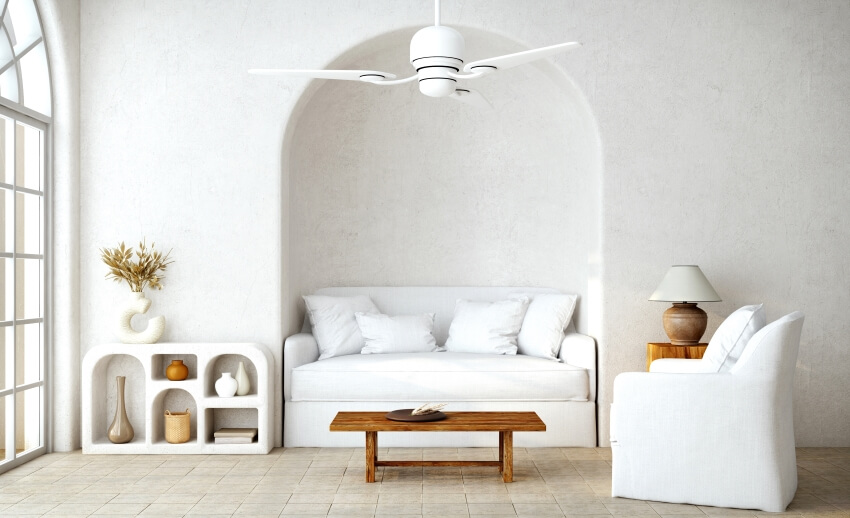
Limestone has been lending its beauty since the old-world gracing historical monuments across decades, such as the Great Sphinx, Empire State Building, and the White House. Limestone products are projected to grow both in commercial and residential use significantly.
Types of Limestone Flooring
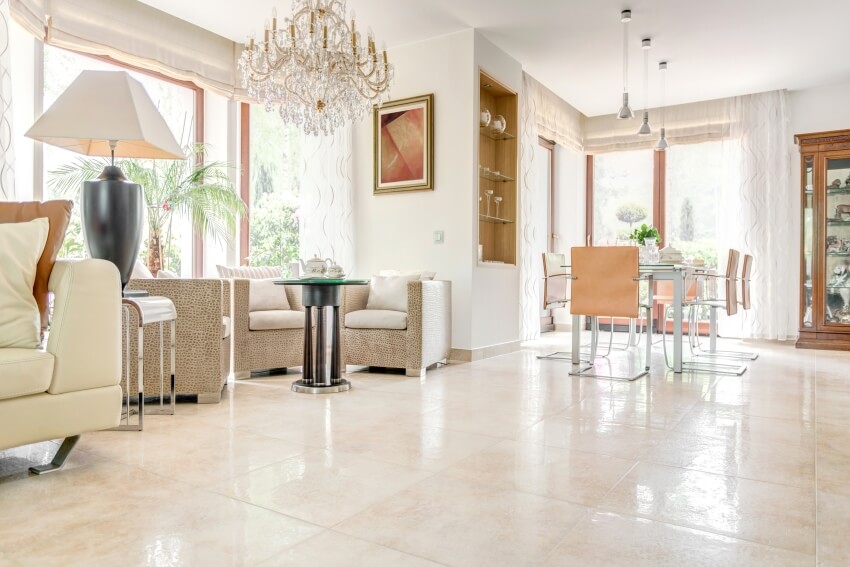
Limestone Floor Tile
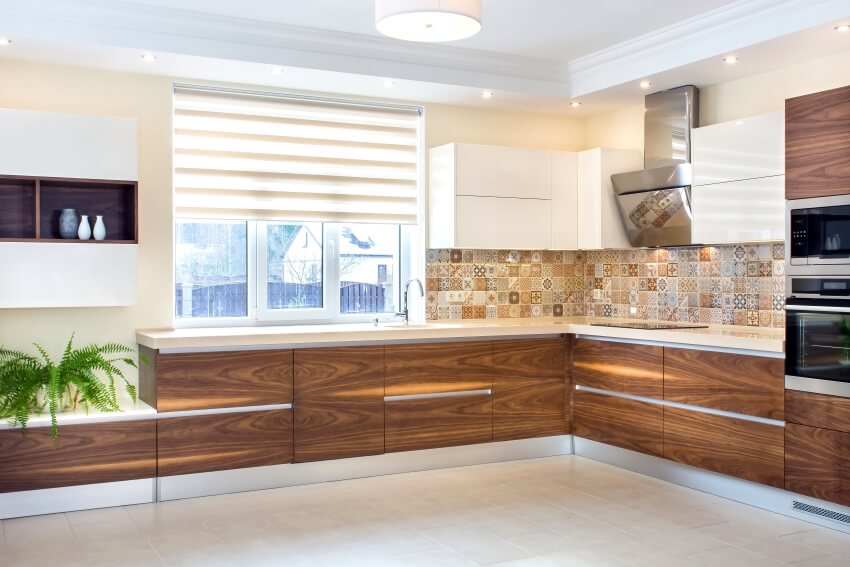
In addition, tiles, in general, are practical since you can easily replace the damaged tile/s without the need to replace your whole flooring.
There are dozens of possible tile patterns, with natural stone tiles such as the square-set, herringbone, hexagon, or chevron tiles. Honed calcite tile floors, despite their durability, will eventually show signs of wear and tear. Still, the natural stone ages gracefully, giving it a rustic look while adding more character to your floors.
Limestone Field Tiles
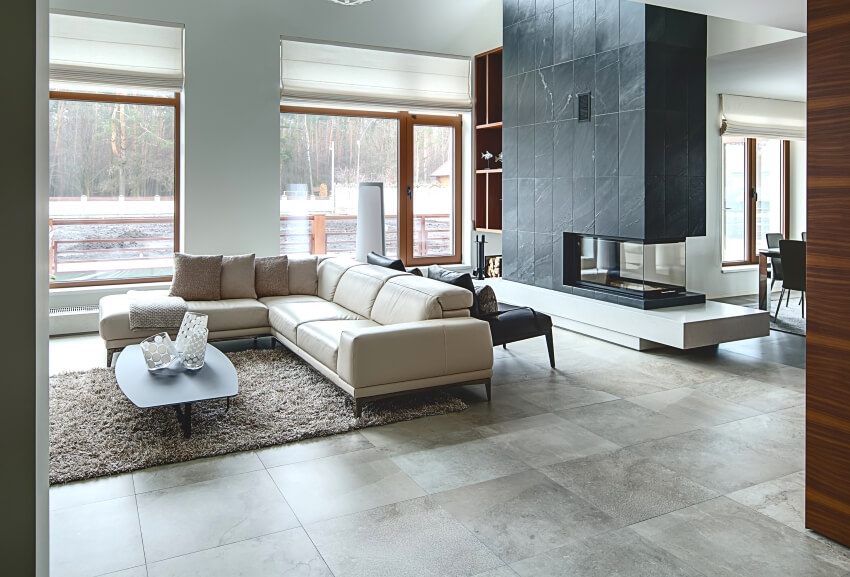
In addition, the colors of honed calcite tiles are typically neutral and with earthy tones that won’t overwhelm a space while versatile to mix and match with other materials.
Field tile is the tile that covers the most surface area in any room. It’s not the border or accent tile (such as mosaics) but the tile with the largest surface area. Field tile typically comes in sizes ranging from 2″ x 4″ to 24″ x 24″.
Tumbled Limestone Flooring
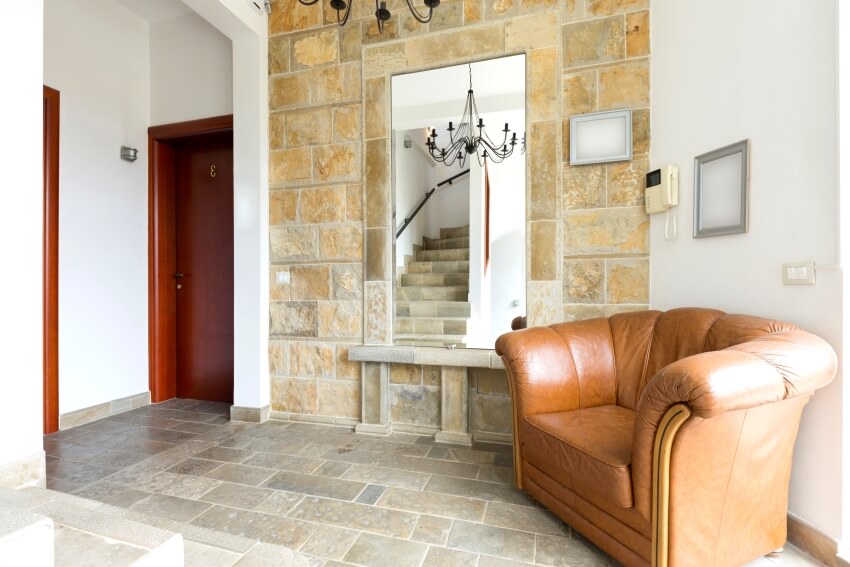
However, tumbled limestone can work with modern homes as well as it gives a juxtaposed look showing more visual interest.
To achieve the look of a tumbled finish, the natural stone tiles literally undergo the method of tumbling, where the stones are tumbled repeatedly inside a rubber drum with rocks, sand, and water. This process softens the edges creating that rough aged look.
Brushed Limestone
Second, to honed, brushed limestone is the more popular finish as it’s an excellent alternative for the honed finish if you want a little more texture while retaining and enhancing the natural stone tiles’ original color.
The brushed finish is achieved by using a steel comb that brushes the stone surface, thus bringing out the natural texture and color of the natural stone tile. This finish creates a stone tiling that is smoother than tumbled but still has a more rustic feel than honed.
Honed Limestone Flooring
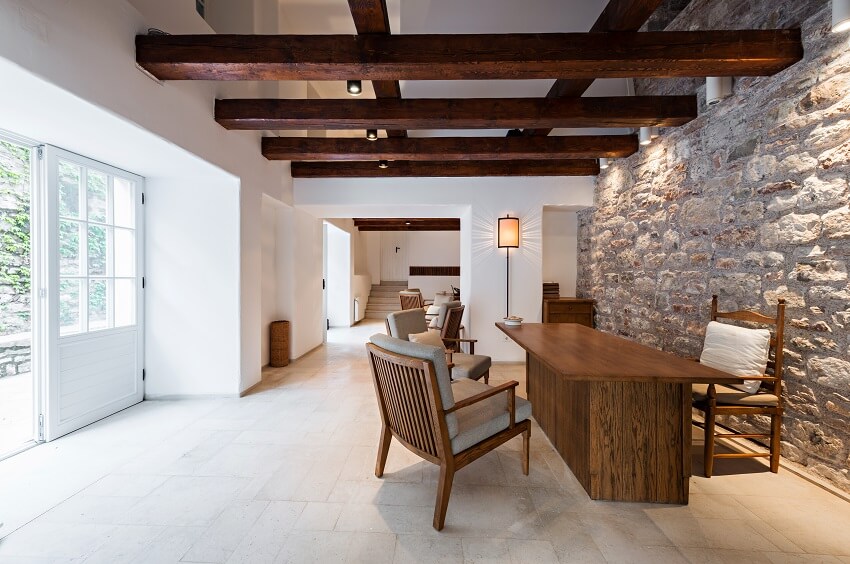
A honed finish is a great option for indoor spaces because of its satin feel and is slightly easier to clean than more textured finishes. A honed finish is popular because it is elegantly simple, contemporary, and functional in any home.
Polished Limestone Flooring
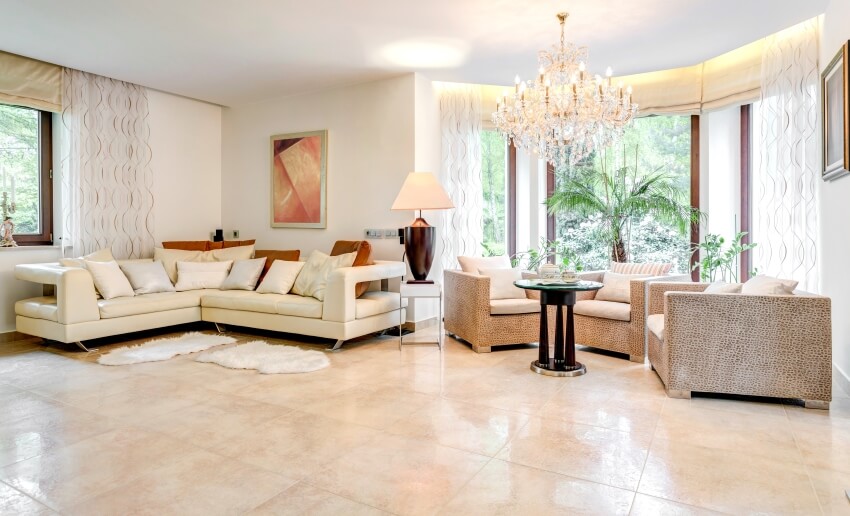
A polished finish can give any home a modern twist, which is one of the best things about it. If you want to achieve a luxe-modern look, polished flooring may be the way to go. If you love all things retro, a glossy finish might be the perfect addition to an art-deco-inspired home.
A polished finish is an effective way to give a luxurious feel to a space. Because of their timeless appeal, polished floor finishes have been popular for decades. Polished flooring is popular because it can be used as a focal point or complement the rest of your living space.
Pillowed Limestone Flooring

There may be minor size/shape differences between tiles. Wider grout joints are required to accommodate the size variations and to align the tile during installation. On pillowed edges and ends, the bevel is more rounded. Antiqued floors are the most popular choice for this look.
French Limestone Flooring
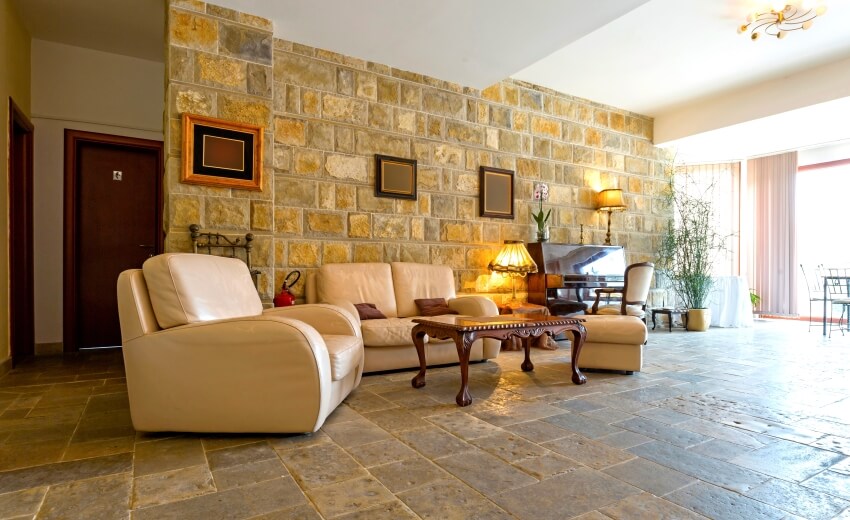
We also import reclaimed materials from France, Spain, and the United Kingdom and unique architectural stone elements. The materials come from old buildings, farmhouses, and historical sites that are being renovated or repaired.
Outdoor Tiles Flooring
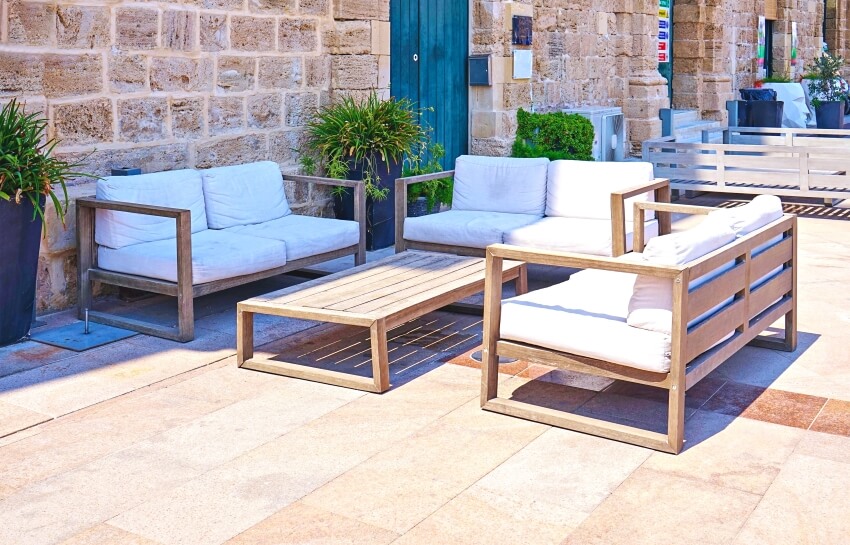
It is also ideal to choose an outdoor natural stone tile that is textured to prevent slippage when walked on and frost-proof so it won’t break or get damaged when freeze and thaw action occurs.
Another massive advantage of natural stone for outdoor flooring is its excellent insulating properties, which means they are comfortable walking on bare feet during summer or winter.
Reclaimed Limestone Flooring
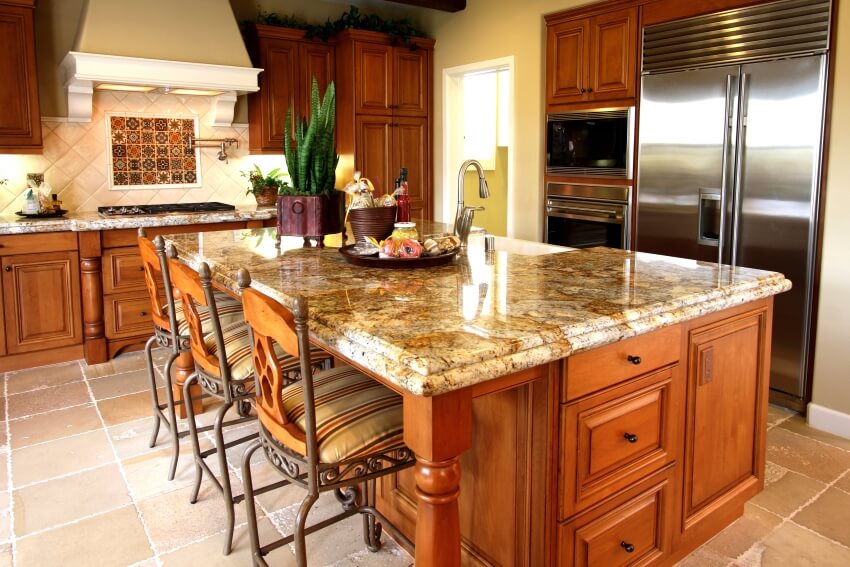
Pros and Cons Limestone Floors
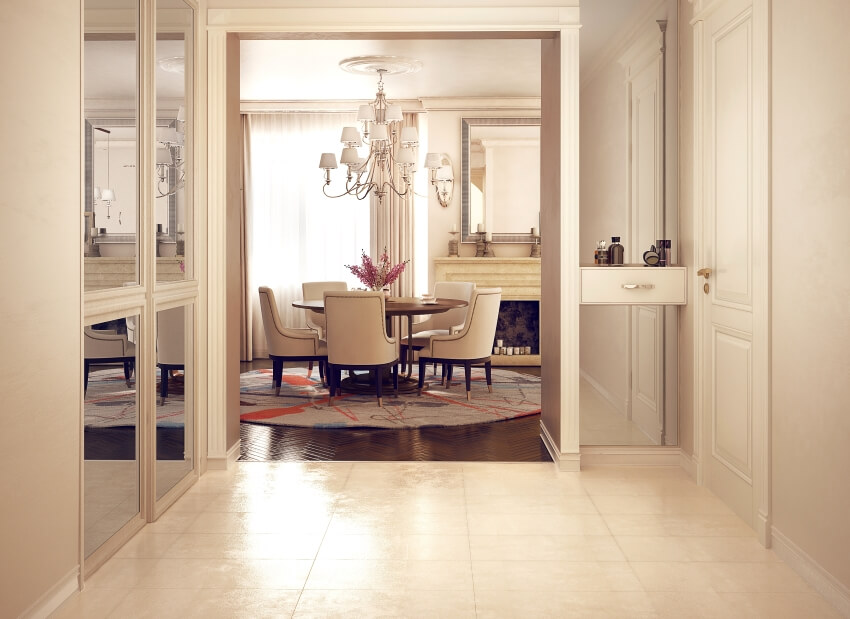
Pros of Limestone Flooring
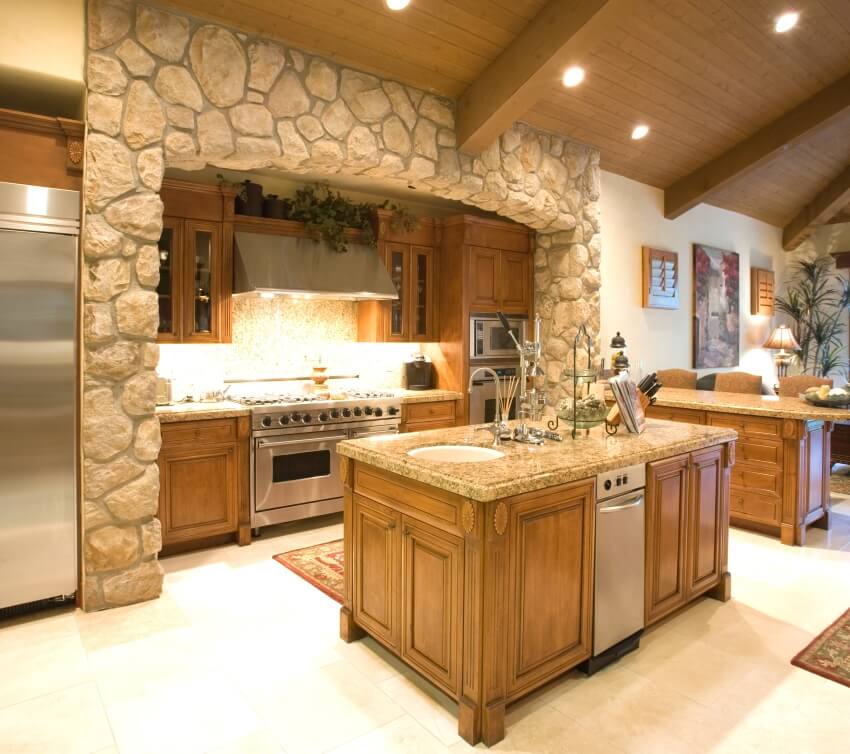
Hard, dense limestones are suitable for most applications, while soft porous chalks are generally not sufficiently strong or durable for use as aggregate. – Lime and Limestone Chemistry and Technology, Production and Uses, A. H. Oates
Durable. While limestone has a Mohs hardness of 2 to 4, it has a crushing strength of up to 180 MPa, four times that of concrete, which has a crushing strength of 40 MPA. Limestone has a high mineral content, making it ideal for floor tiles. This natural stone has proven to be long-lasting. Limestone tiles can last a lifetime if properly sealed and cared for, which is why it’s becoming more popular as bathroom tiles.
Organic Beauty. Limestone tiles can give your home a welcoming and spotless appearance. Since ancient times, they’ve been used in monuments with their beautiful rustic ambiance, which is unmatched by any other old stone. Furthermore, its wide range of colors distinguishes it from other rocks and products, such as pastel shades ranging from blues and grays to tans.
Jet black limestone pavers are also available. This is formed when a high concentration of organic material in the rock is deposited in various patterns. Iron oxides are found in greater abundance when yellows and browns are visible.
Versatility and Workability. Another advantage of limestone is that it is a very versatile material. Limestone is a soft stone compared to other natural stones, which means it can be cut to any size you want.
Whether you want small floor tiles or a mosaic design made of tiny chunks of limestone, you can do it. And since it’s not as heavy as granite or marble, it is easier to work on and transport.
Friendly to the Environment. With growing awareness of the importance of preserving our planet’s natural environment, there has been a heated debate over the use of natural versus synthetic materials. Limestone meets the requirements for environmentally friendly materials.
When compared to synthetic tiles, the manufacturing process is quick and straightforward. Synthetic tiles also use more energy and produce more waste, whereas limestone does not require a lengthy factory finishing process. This saves energy and reduces pollution in the environment.
Non-flammable: Limestone tiles do not catch fire because they are made of non-flammable material. As a result, safety is another crucial factor that makes limestone a popular choice. This is a significant benefit, particularly in kitchens where the risk of fire is always present. After absorbing heat, the synthetic tiles may break.
Cons of Limestone Flooring
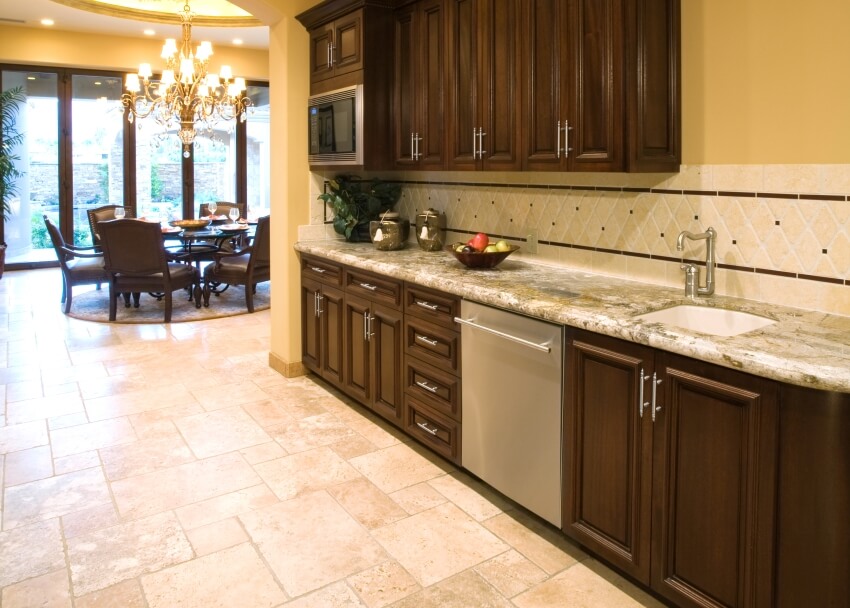
Soft: As previously stated, honed calcite tile is quite soft in comparison to other natural stones, which means it can easily be damaged or chipped in areas with a lot of foot traffic, such as commercial kitchens. Tiles should be sealed regularly to prevent damage and scratches. This is a porous stone that can chip easily in high-traffic areas when compared to other natural stones.
Heavy: A natural stone tile can be heavy due to its dense but porous composition. The tiles are made of limestone, which is a rich natural stone. They require special handling and installation due to their extra weight.
Transportation becomes a little more difficult as a result of the same reason. On the other hand, this weight has no bearing on its usefulness.
Limestone Tile Floor Patterns

The following are some of the most popular natural stone tile patterns.
Regular Natural Stone Floors – Clean and Simple

A regular rectangular or square tile pattern is suitable if you want a uniform look for a contemporary interior. Honed or brushed finishes are great for a typical design that can be installed in a brick or stack bond placement. A regular pattern, also called fixed tiling, has tight grout joints, which makes a clean and sleek look.
Herringbone Natural Stone Floors– Minimalist with an Edge
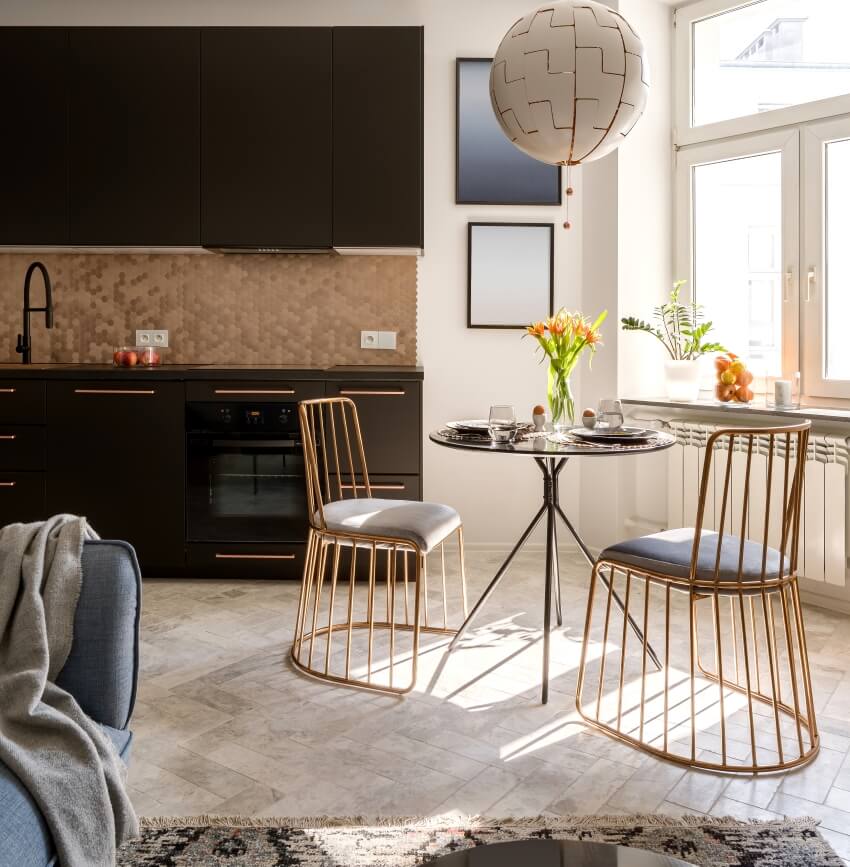
Opus Natural Stone Floors – Varied Beauty
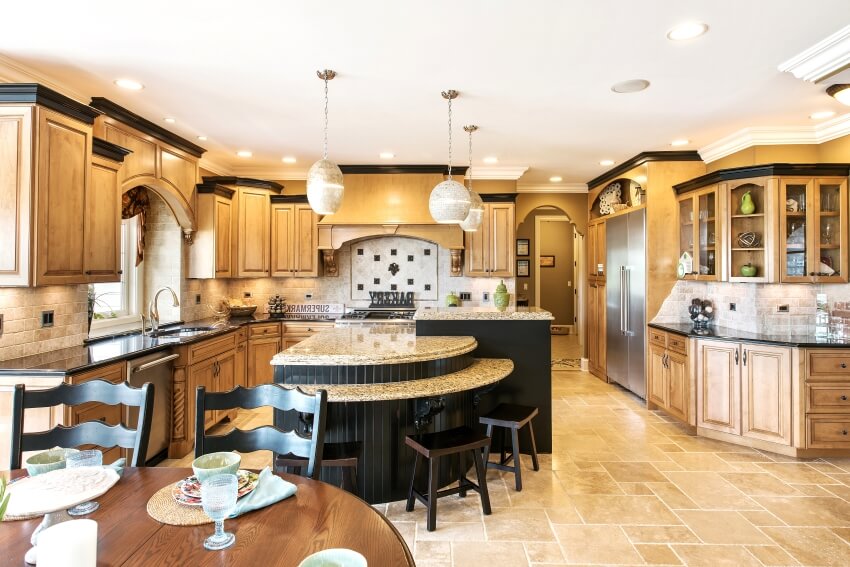
The randomness of the natural stone design on the pattern layout provides visual interest and makes it easier to replace any damaged tile without finding the exact tile pattern.
A great tip would be laying out an opus patterned tiling using eye rather than spacers as there are different sizes involved, and spacers will not guarantee uniform grout lines.
Free Length or Mixed Lengths Natural Stone Floors
Visually lengthen a room size with a free-length natural stone pattern. Many people choose to lay natural stone tiles in a free-length format throughout ground floors and open kitchen areas because the mixed lengths create a lovely random brick bond. The larger size maximizes the tile surface and minimizes grout lines.
Geometrical – Dynamic and Modern
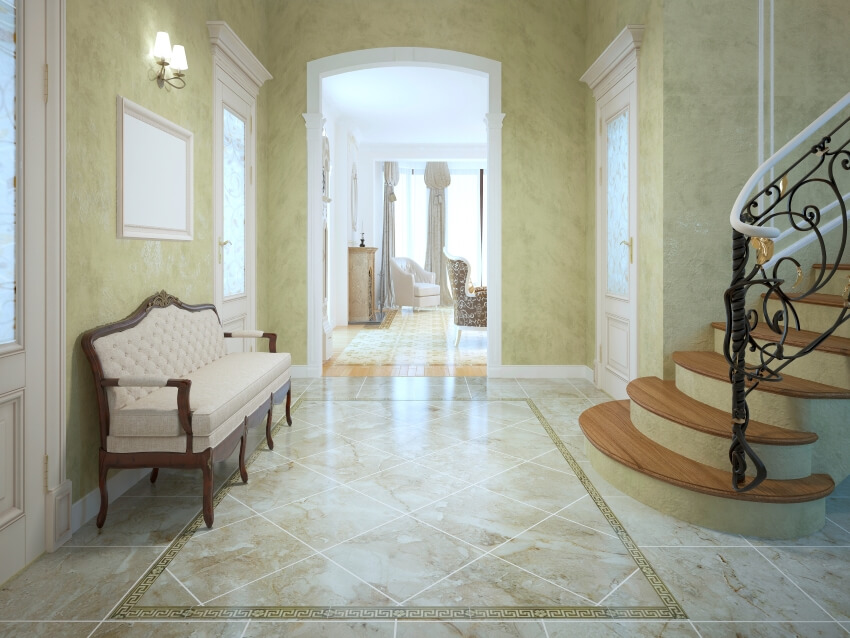
French Octagonal Natural Stone Floors – French Elegance
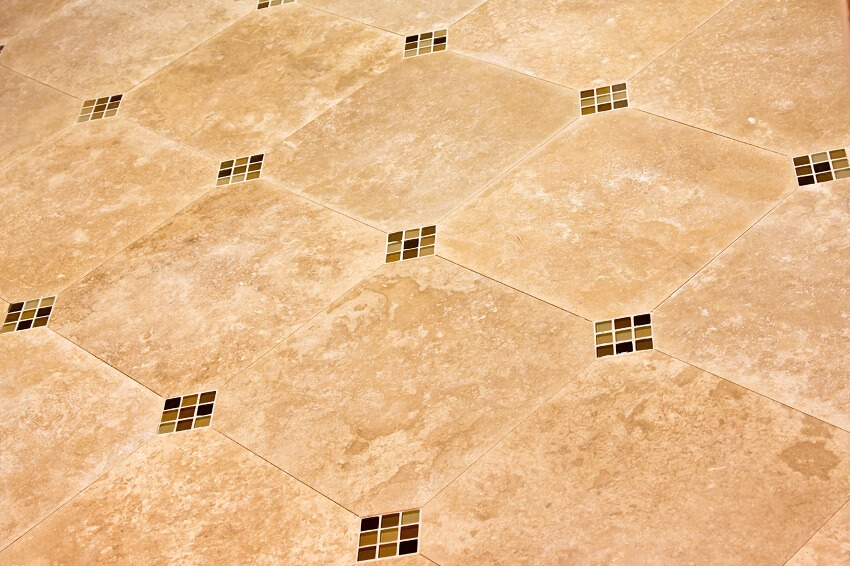
These beautifully aged French honed calcite floors are cherished for their historical, geometric pattern in entryways, kitchens, and halls with vaulted ceilings. They look great with French oak floors, offsetting the horizontal wood planks against the octagon floor, which is all about contrast.
Natural Stone Flooring Cost
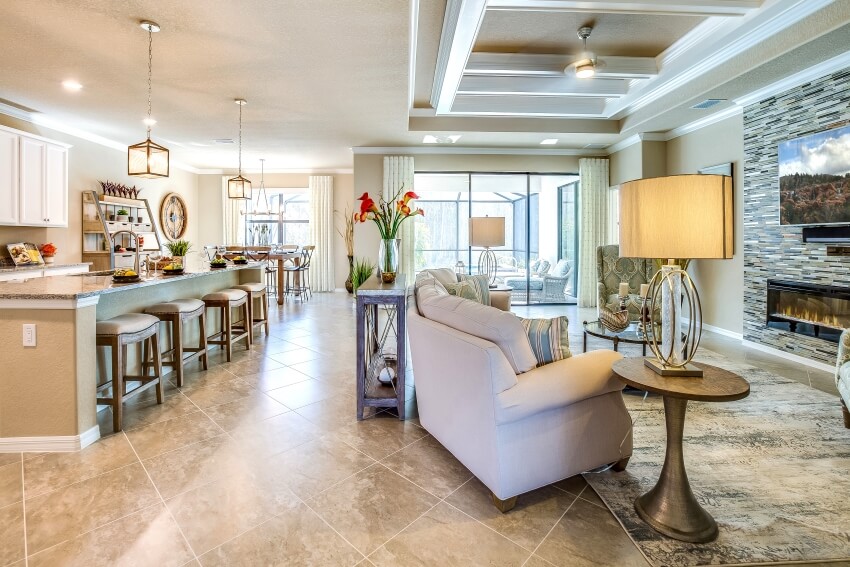
Furthermore, some contractors charge equipment allowance fees ranging from $50 to $100 for the duration of the project. This is primarily responsible for the wear and tear on costly tile-cutting saws.
Honed Calcite Installation Cost

Labor costs, equipment costs, and the time it takes to lay down the number of tiles needed to cover a room are all factored into flat quotes based on square footage. Some contractors may charge a premium of $1 to $2 per square foot for extra-large rooms.
How Do You Clean Honed Calcite Floors?
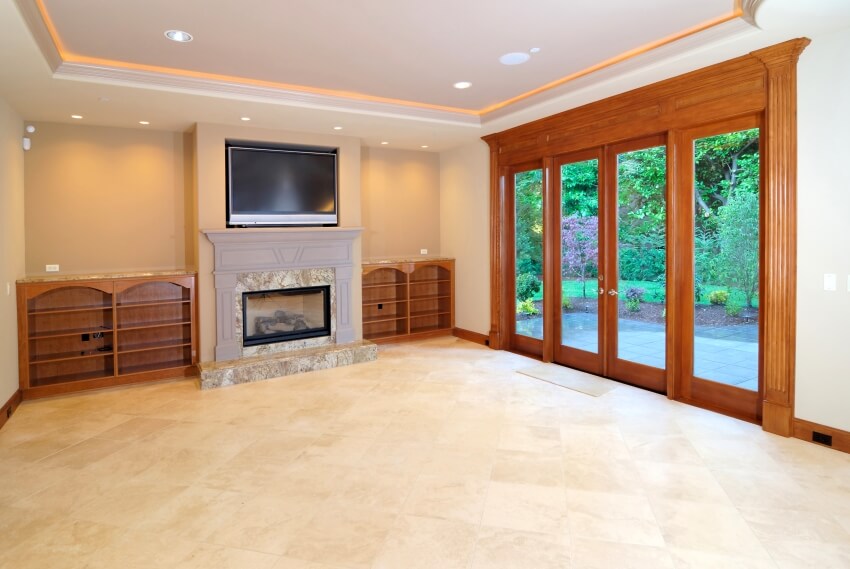
Chemical abrasives and acidic cleaning agents can prompt etching, which is a phenomenon that occurs when a calcium-based stone, such as limestone, travertine, or marble, comes into contact with anything acidic and produces a cloudy white watermark.
Using a pH-balanced cleanser explicitly formulated for natural stone floors is critical to removing faded and etched surfaces.
Getting Rid of Stains
A poultice can usually be used to remove stains that leave dark spots on natural stone. Without discoloring the stone, an application of poultice safely absorbs stains from the surface. You can either purchase a ready-to-use poultice or make your own.
Is Limestone Durable?
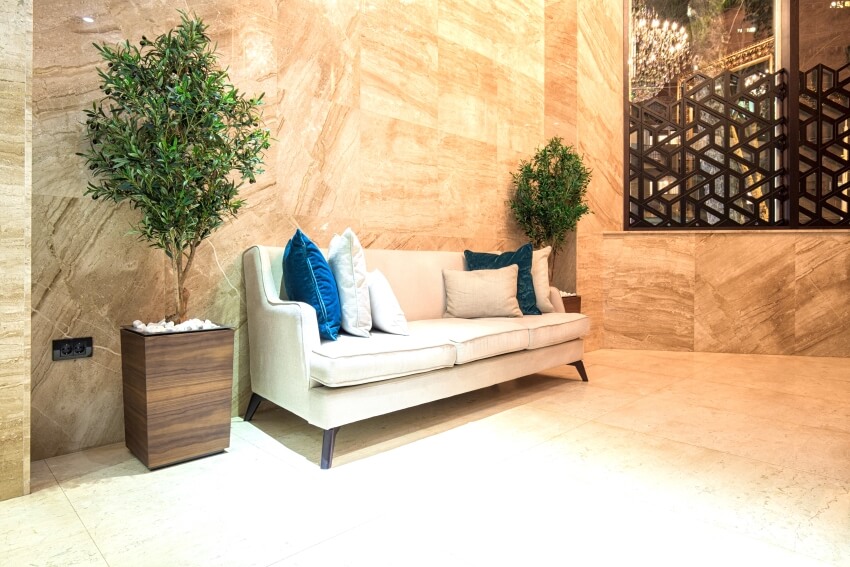
When compared to wood, porcelain, and vinyl, it is highly durable. If you take care of your honed calcite flooring, it will last a long time and provide you with the rich appearance you desire in or around your home.
How to Seal a Natural Stone Floor?
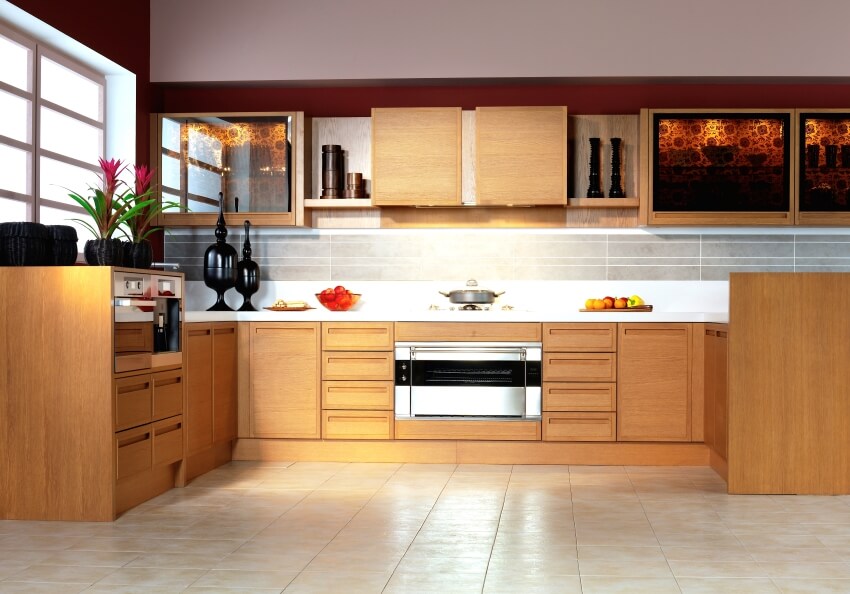
After using alkaline-based cleaners to clean your honed calcite floors, speak with a professional at your local hardware or home improvement store about your plans for sealing your limestone floor. You should buy a penetrating sealer explicitly made for natural stone tiles.
Soft honed calcite tiles are best protected with a silicone-based penetrating sealer. Before you start using the sealer, make sure you read the instructions provided by the manufacturer.
Pour the liquid from the sealer bottle into a small container. Dip your foam paintbrush into the sealer and use it to apply it. Shake off any excess liquid with care. Apply the sealer to the honed calcite tiles with the brush. Use broad strokes to apply the sealer.
Allow the natural stone sealer to sit on the tiles for about five minutes. Wipe any excess moisture from the honed calcite with a soft, lint-free cloth. Polish the tiles with a soft cloth once more. Rub the tiles with the fabric in circular motions until they shine.
Apply a second coat of sealer after waiting about three hours. Allow the sealer to sit again and then remove any excess moisture. Polish the tiles with your lint-free cloth until the floor
Can You Steam Clean Limestone Floors?
Steam cleaning is not recommended. Water-based cleaning is an appealing choice for cleaning your natural stone flooring; however, repeated use of too much-superheated water can create residual staining, corrosion, and salt crystals. The iron particles that are hidden within the honed calcite tiles can also resurface.
How to Restore Honed Calcite Floor Tiles?
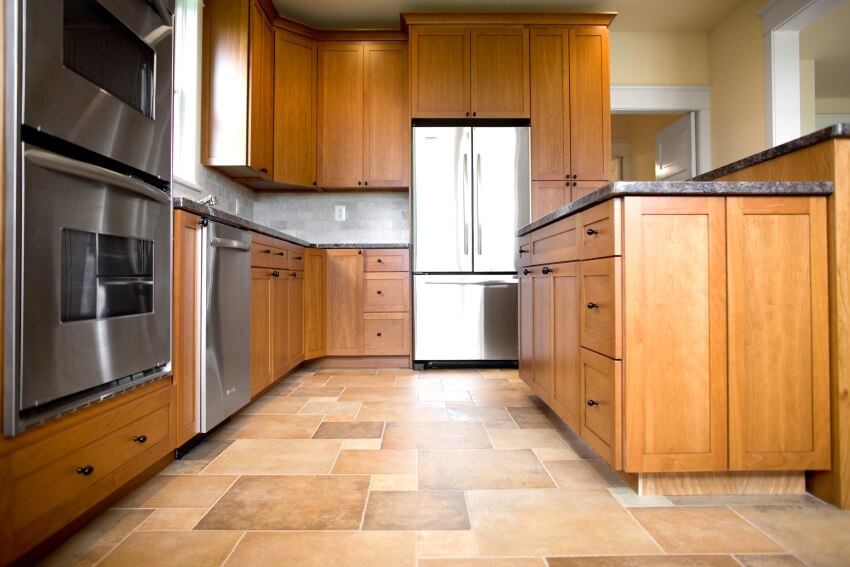
You can use a hammer test to mark the hollows in your honed calcite flooring as you go. We drilled a hole in the grout joint where two tiles meet, as this was the largest gap once the voids were identified.
The openings were then filled with a specially designed product injected into the holes. Because this product is fluid, it can find its own level using this method. The void is then filled, and the pressure is applied, stiffening your honed calcite floor.
Allow the product to dry overnight before re-hammering the floor to ensure it is completely tightened and solid.
Repair cracks and chips in the honed calcite flooring using resin and dust shaved off the material. Grout lines, an often-overlooked but crucial component of your honed calcite floor or wall construction, must be in good working order before we can work with your stone whether the grout on your floor is sanded or not. All of the loose grout was raked out, replaced, and repointed with new grout.
Grout lines, an often-overlooked but crucial component of your calcite-rich floor or wall construction, must be in good working order before we can work with your stone. Whether your floor’s grout is sanded or not,
If there is extensive deterioration, such as large chunks of missing stones or large amounts of loose mortar, it’s a good idea to consult a professional restorer. This will ensure that you don’t end up causing further damage to the structure and that you can determine whether the damage is due to underlying structural or water drainage issues.
Limestone Vs. Travertine
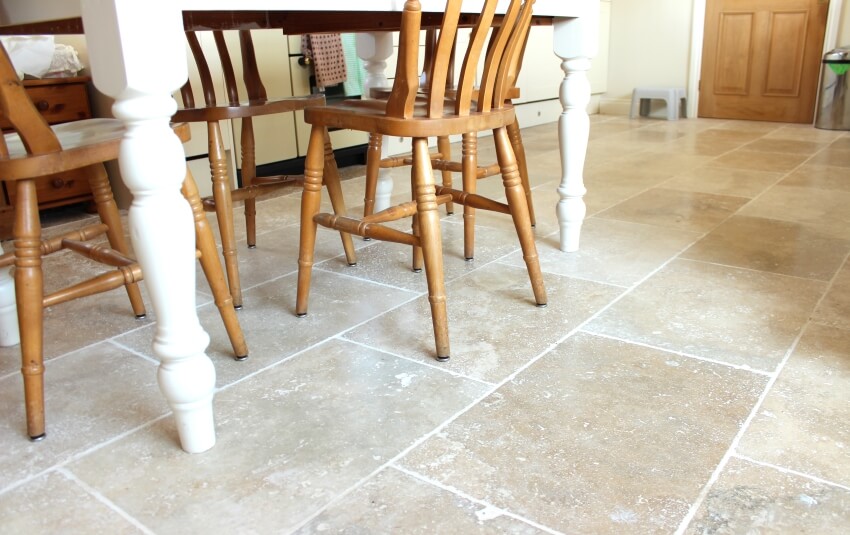
Travertine stone is a kind of limestone that is slightly different in color and nature than other natural stone options due to the uniqueness of its formation.
Travertine tile is often a less expensive option than calcite-rich flooring at first, but as with anything, you get what you pay for. While others may argue that it is more durable than other types of limestone flooring, there is no type of limestone flooring that will not withstand years of use.
With that in mind, the only real distinction between types of travertine and limestone flooring is that the latter requires less maintenance and lasts longer. Calcite-rich tiles also work as a better long-term investment and has a more popular aesthetic appearance.
The aforementioned resin, which is often included in travertine, is why limestone flooring is lower maintenance and lasts longer than travertine. The resin has a tendency to separate from the tile, which is especially true if underfloor heating is installed.
This separation of the resin from the tile can result in a slew of long-term issues, as the flooring will need to be maintained and replaced, which takes time, effort, and money. With this in mind, it’s easy to see why calcite-rich flooring is a much better long-term investment as part of a project and adds more value to a home.
Finally, it’s worth noting that calcite-rich flooring has the advantage of having a better and more popular aesthetic appearance than travertine. Because travertine is naturally darker in color, it lacks the signature combination of lightness and warmth that makes travertine flooring so appealing.
Is Travertine Good For The Kitchen Floor?
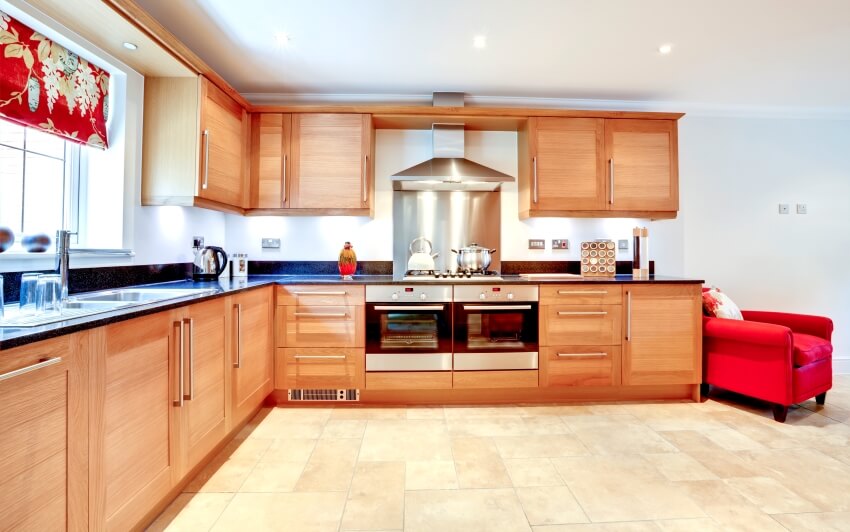
Some limestones are naturally denser than others, and our collection was curated with this in mind, resulting in a functional yet distinctive kitchen floor. See our guide on kitchen floor ideas on a budget here.
The beauty of travertine changes over time as it is used, and there is something very special about having a historic piece of stone installed in your home. It is recommended to seal after installation, with a re-seal every 3-5 years, as with any natural stone floor.
Limestone Manufacturers
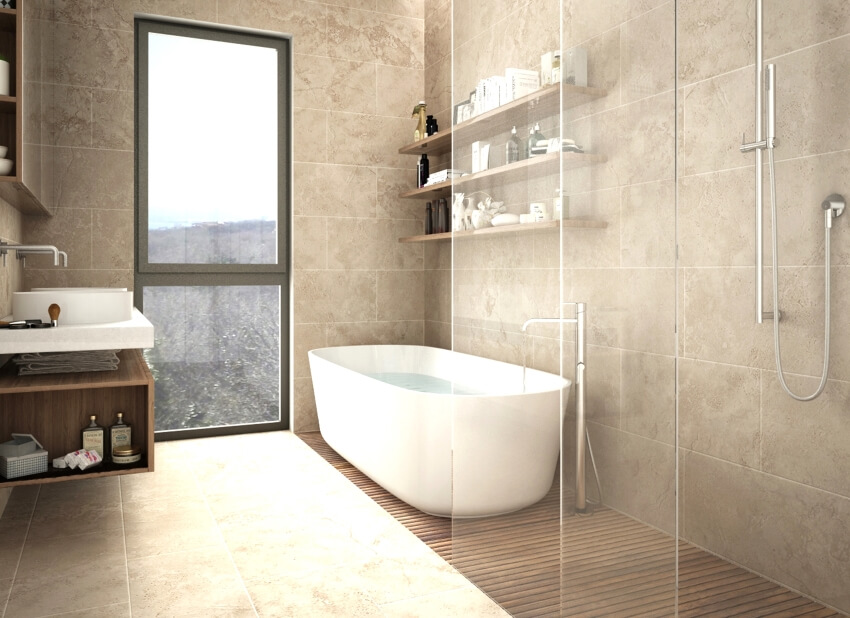
Coldspring – Address: 17482 Granite West Road Cold Spring, MN 56320
Capital Stoneworks – Address: Southeast Michigan Location 2505 Dixie Hwy Waterford Twp, MI 48328
Salado – Address: 3500 FM 2843, Florence, Texas 76527
Limestone Look Tile Materials
Limestone-effect Porcelain. Natural stone effect porcelain is the way to go if you like the look of travertine but are concerned about it sucking up wine, sauce, or coffee pills. Natural limestone is a beautiful combination of neutral tones and natural, linear veins.

Limestone-look Concrete (Limestone Overlay). Crushed natural stone coatings can be used to coat the concrete surface you want to look like real calcite-rich floors for a fraction of the cost of real limestone.
Limestone- look vinyl. Stone look vinyl flooring is a type of vinyl flooring that is designed to look like natural stones such as granite, terrazzo, or even concrete, with artisan dappling and striations.
These vinyl tiles bring the beauty of nature indoors at a fraction of the cost of natural stone, adding beauty to any home or commercial space.
Visit our sandstone flooring guide for more related content.

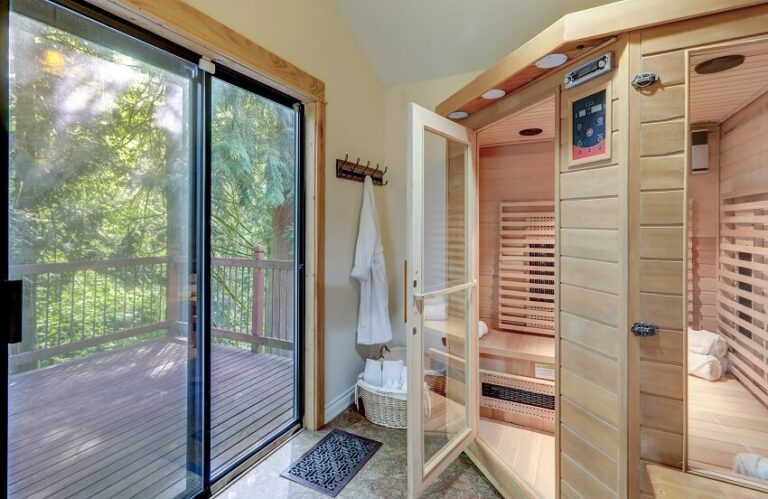
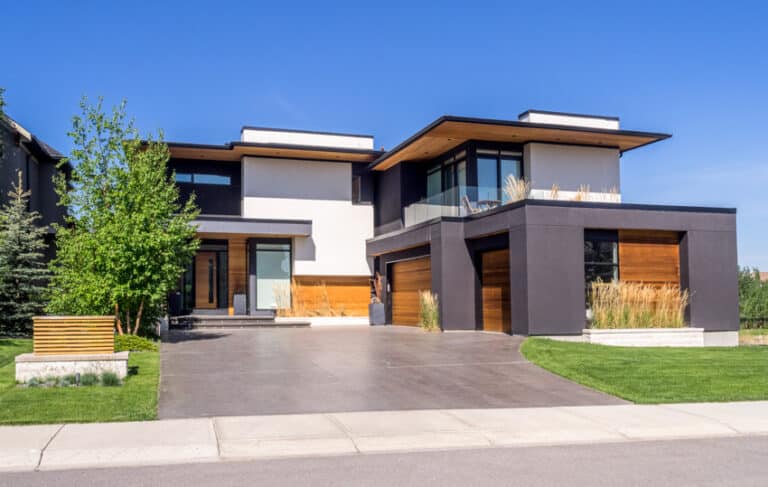


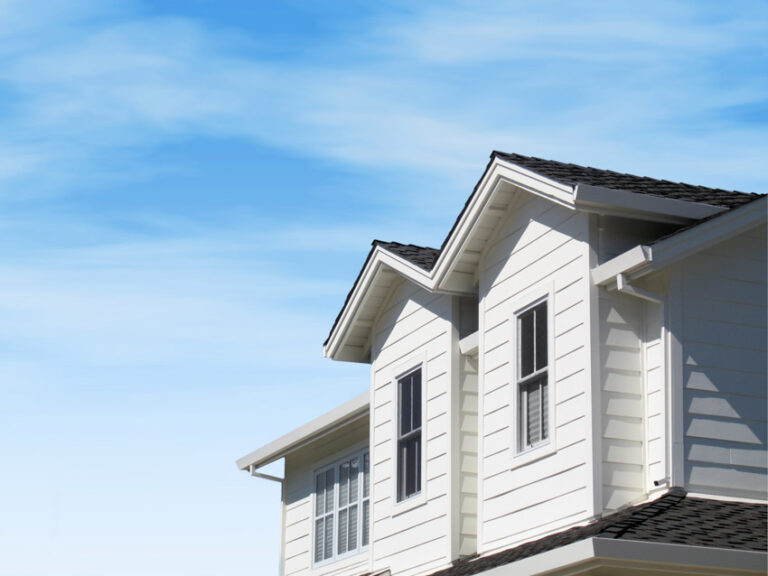
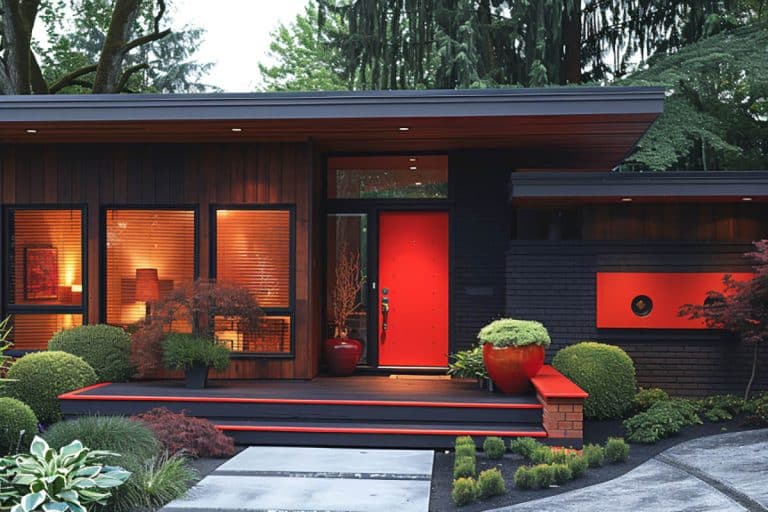
It’s nice that you mentioned how limestone tiles could last for a lifetime if correctly sealed and cared for. We are currently renovating our whole house and we are thinking of switching our flooring to a new one. Limestone tiles seems good so we should probably use that.
I live in Austin Tx and have beautiful limestone floors from the Salado quarry. We love them. However, the grout has not held up like the floors. The grout becomes dirty and looks dingy. In other parts of the kitchen, the grout has deteriorated. The limestone is beautiful. How do I go about changing the grout? Can new grout be added over the top of the current grout lines? I am very perplexed by this problem.
Hi Cindy, thank you for the question. Putting new grout directly over old grout is generally not recommended. It will depend on the quality of your current grouting, if its crumbling or uneven. If so, trying to apply new material on top of existing grout can lead to some pretty inconsistent results. The new layer tends to end up super thin, allowing that old grout to show in places.
The best approach is to take the time to remove as much of the existing grout as you can first. I know its a very long process, but it’s worth the extra effort to have a solid base for your new groutlines. You can use a dremel tool or rotary tool to remove some of the old material. Pros will charge about $25 a square foot for this service.
Most experts advise using an epoxy grout for its stain resistance and durability. Using it can be a challenge since it sets up quicker than traditional cement-based grouts. It’s also much less forgiving if you mess up and removing it is not easy.
If you decide to go for it and regrout on top you will want to thoroughly clean the surface with a mixture 1:1 of vinegar and water.
It may be a good idea to contact a flooring expert to bounce some questions and get a free quote to get the cost of the job and see if its worth hiring it out.